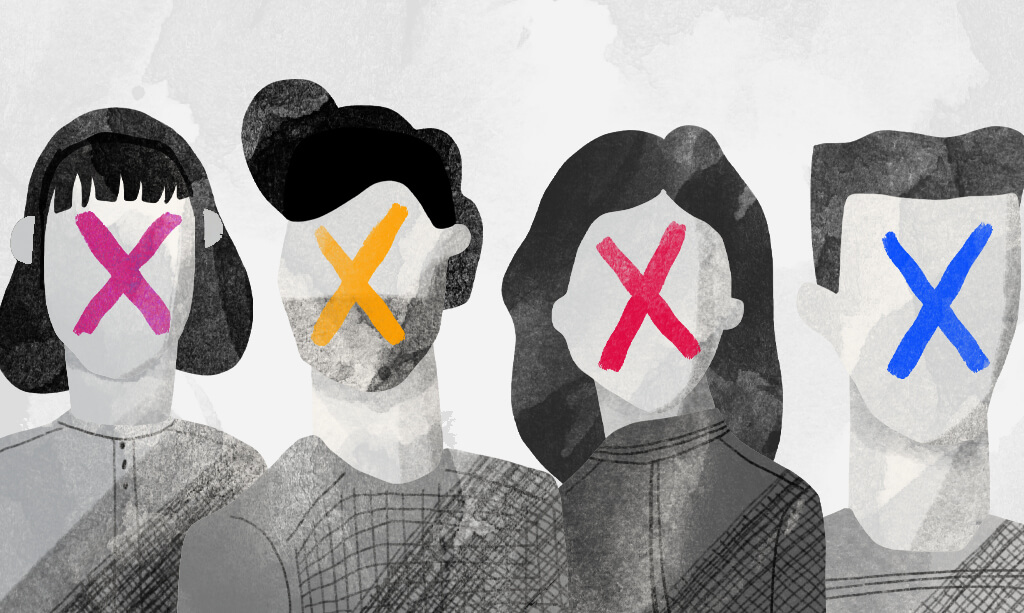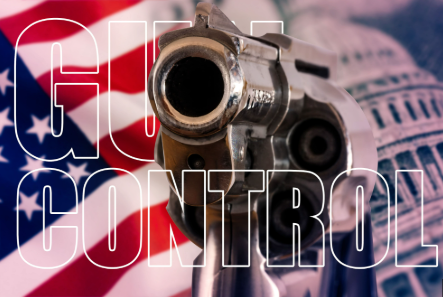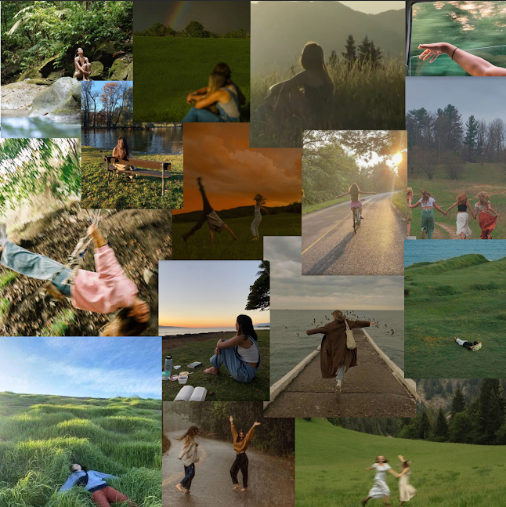When one looks up the definition of art on Google, it literally denotes “the expression or application of human creative skill and imagination, typically in a visual form such as a painting or sculpture, producing works to be appreciated primarily for their beauty or emotional power.” The definition of art is definitely more complex and nuanced than a couple of sentences from a quick Google search; however, it begs the question of what can be considered art and what can not.
Each year, the power of artificial intelligence (AI) grows. It is at a point now where one can describe something they want to see, and receive a picture back. While it is quick and easy, it does cause one to wonder if it is truly art. This question is a slippery slope with a hazy line that has not been established yet. Still, using AI for all different art forms, like for music or films, is highly controversial. As AI evolves to produce more and more detailed and useful work, humanity needs to consider: should AI be used in art?
First of all, a lot of people do not consider AI-made art as true art. It is artificially made and can not reflect true human expression. However, that is a hazy line without a definite answer. When Congo, a Chimpanzee known for his abstract paintings in the 1950s, made a painting, was that art? The idea of art in general is very subjective and difficult to answer. Still the question remains about whether it is ethical to use AI in art.
On a practical level, the use of AI is detrimental to the environment. It has a large carbon footprint because the data centers AI utilizes for computing use a significant amount of energy and necessitate large amounts of water for cooling. Therefore, the use of AI for art is not just morally questionable, but physically harmful to the Earth.
In addition, AI art has the ability to make the job of artists obsolete. Artists already struggle in today’s world that is so focused on technology. It would cut costs for creating art, so there is a monetary incentive to use AI for businesses and other places that employ artists. Despite that, having AI create art takes away from the human expression in art. From the first cave paintings, humans have expressed their experiences and emotions through art. Art has been an outlet, especially for those confronting the meaning of life itself and how to process it. In that way, if art loses its sense of human feelings and experience, it only has a visual purpose. AI uses a compilation of information that is already known: it can not feel the human experience or create art from it. There is value in every person’s unique experience, thoughts and feelings. It is irreplaceable and inimitable, even by something as intelligent as AI.
In the end, even if AI can cut costs and has the ability to create art, it should not replace human-made art in practice because it simply can not replace human-made art and the experience behind it.









